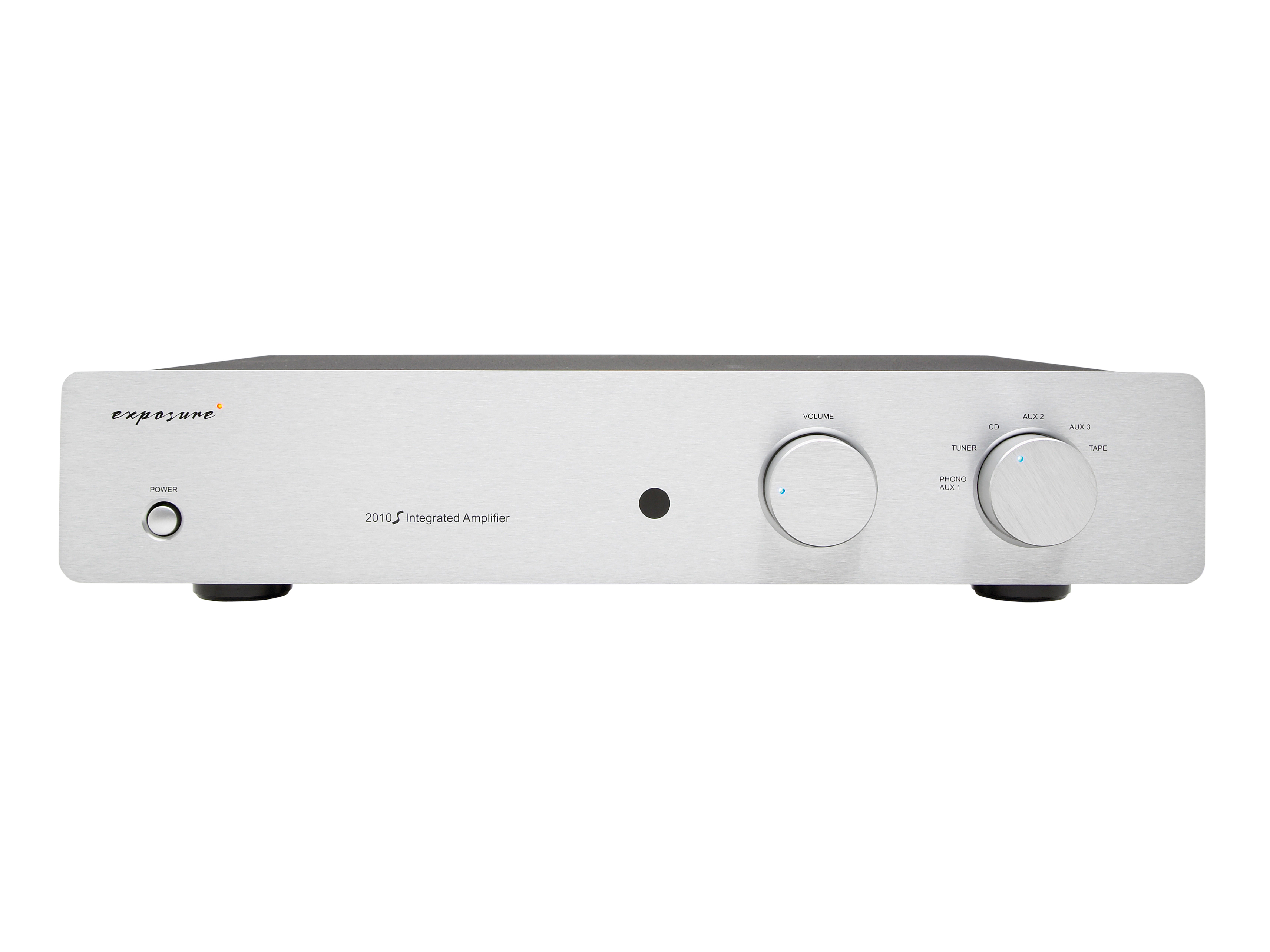TechRadar Verdict
A no-nonsense amp with characteristics well suited to rock, but less so to more subtle music
Pros
- +
Good bass and mid-level
Cons
- -
Lacking detail on more subtle music
Why you can trust TechRadar
This amp is one of the most obviously traditional we've come across.
Traditional, that is, as long as your idea of 'tradition' goes back about 25 years, to the days when serious integrated amps had no controls bar input selector and volume, and no internal circuitry beyond that required to make the signal big enough to drive speakers.
Pull the lid off and you'll find a single-sided circuit board and through-hole components. There are concessions to modernity, though, not least the output transistors, which are funky five-leg parts from Sanken, and of course the motorised volume control and selector switch - both mechanical - for remote-control duty.
The option exists of an internal phono stage, but as standard, the amp is a line-level device that really does make a virtue of simplicity. The amplifying circuits use discrete transistors with just one dual op-amp that we could spot, there appears to be no output protection or other (potentially sonically invasive) fripperies, and the output sockets are hard-wired to the circuit board. The two pairs of sockets are strictly for bi-wiring rather than two sets of speakers.
The unit is assembled in an all-aluminium case, which has no damping applied but is not particularly resonant. There's no heatsink, and Exposure relies on a 'heat spreader', a thick aluminium bar that conducts heat from the output transistors to the bottom of the case. Although this would not provide enough cooling for worst-case conditions that one could cook up in a lab, in music use the amp never got anywhere near alarmingly warm.
If our listeners' reactions are anything to go by, this amp could prove more of a hit with some types of music than with others. Specifically, it received a far higher rating while playing rock/pop than when opera was the fare, and its performance went downhill during the test programme presentation (which happened to go in a pop-to-classical direction).
As always, the reasons for this are in the little details of performance. Bass is clear, extended and well controlled, thus providing a solid and rhythmically convincing underpinning for any strongly rhythmic music. Aiding this is a nicely timed midband, together with treble that is for the most part sweet and extended.
On the debit side, however, it seems that detail is not always what it might be. There's a degree of grain that comes between the listener and the subtle sonic cues that distinguish one instrument from another, and it's in classical music (and acoustically recorded jazz) that this is most important.
In rock, with its emphasis on big and bold strokes, any weakness in this area is more forgiveable and in simple ballad-style stuff, featuring a voice and an instrument or two, such details are far less important.
We did have some success playing classical piano, the amp's tonal qualities serving the complicated balance of percussiveness and melody well. However, one of our test tracks, with contrapuntal strings and harpsichord, did seem more than a little confused.
Choral voices also lost some precision, while full orchestra sounded 'hard' and ill-defined. We'd have little hesitation in recommending this amp for rockers, but for classical music buffs, on this showing, there may be better kit around.
Tech.co.uk was the former name of TechRadar.com. Its staff were at the forefront of the digital publishing revolution, and spearheaded the move to bring consumer technology journalism to its natural home – online. Many of the current TechRadar staff started life a Tech.co.uk staff writer, covering everything from the emerging smartphone market to the evolving market of personal computers. Think of it as the building blocks of the TechRadar you love today.
